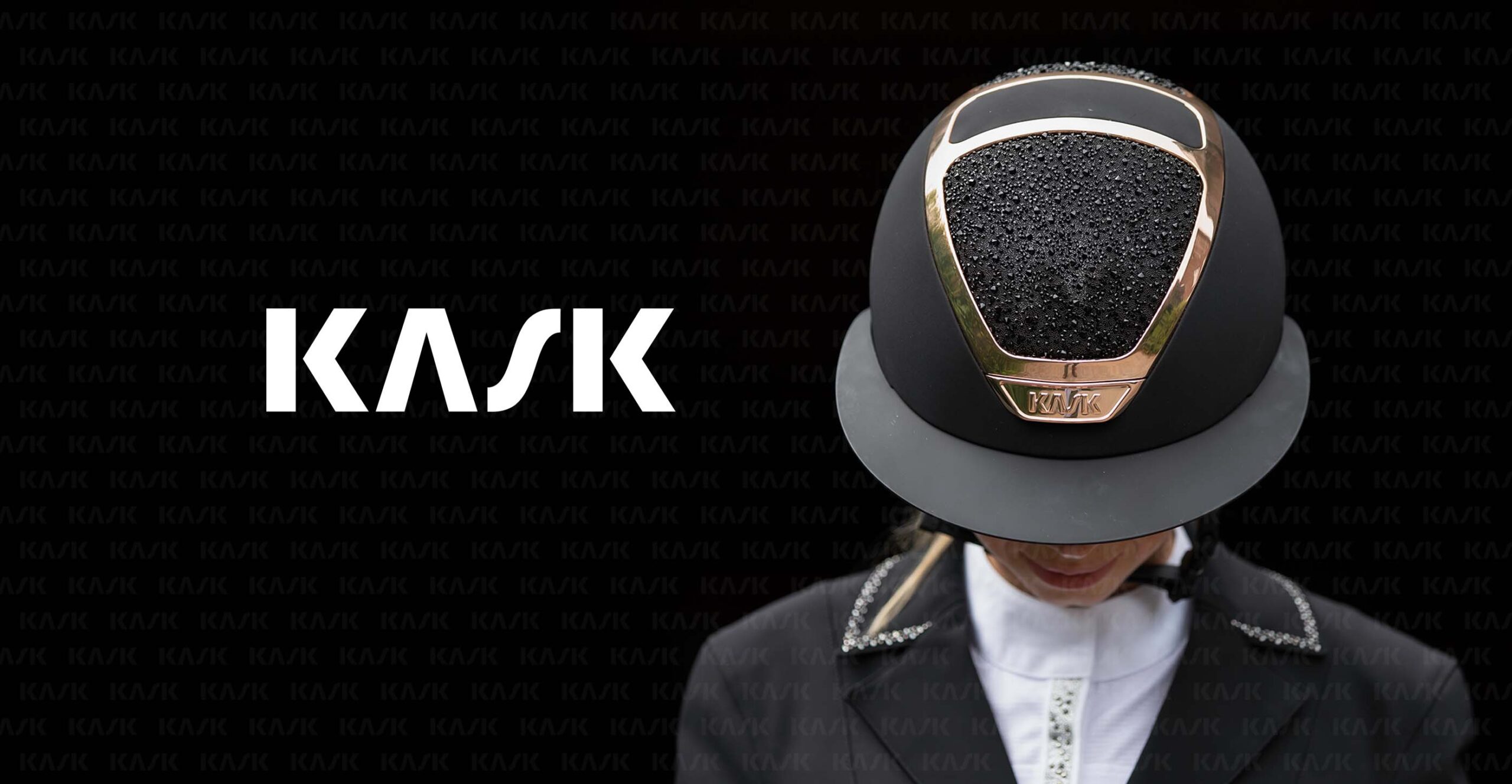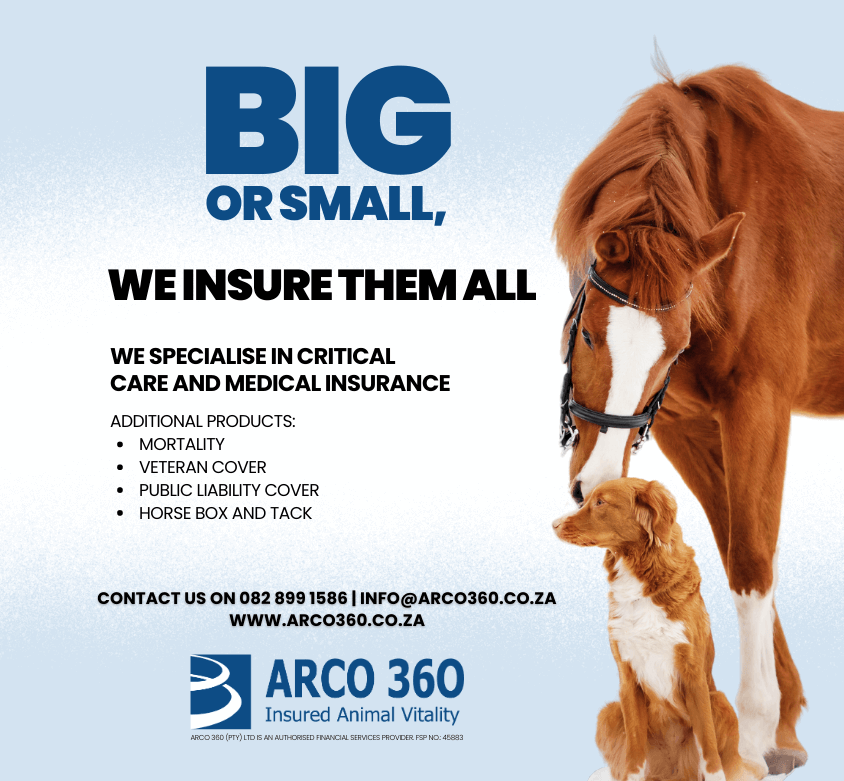Pet Insurance an essential financial safety net for unexpected vet bills
An analysis of pet insurance claims by GENRIC Pet Insurance shows that the average claims costs for veterinary treatment is on the rise – while mega claims for bills upwards of R15k are increasingly common – putting the cost of veterinary care in the realm of private healthcare for people.
“For many pet owners, their pets are family members, so having an insurance solution that takes care of their pet’s healthcare needs – in much the same way as people rely on medical insurance in a health crisis – is non-negotiable. If things do go wrong and their pet gets sick or injured, they want the peace of mind that they can afford any unexpected veterinary bills – and will never be forced into an untenable decision because they cannot afford a big upfront cost for treatment. In the current economic environment, not many people have access to large amounts of cash at short notice, and in a veterinary emergency, these amounts can be substantial. In many instances, vets will require a 50% upfront payment before any emergency treatment will commence. Pet insurance is a financial planning essential for every pet owner, not only for emergency and unexpected treatments, but also managing costs of routine care such as vaccinations and so on. This is especially the case where people have multiple pets and where veterinary expenses can quickly ratchet up to very substantial amounts,” explains Candice Hobday, a director of ARCO360, an equine and pet insurance brokerage offering GENRIC Pet Insurance.
GENRIC Pet Insurance is underwritten and administered by GENRIC Insurance Company Limited.
Recent claims paid by GENRIC Pet illustrate just how onerous some of the veterinary treatment costs can be:[1]
- Claim: R43 400 for a Tibial Plateau Levelling Osteotomy surgery (American Bulldog).
- Claim: R15 600 to treat hepatopathy and liver disease (Pomeranian).
- Claim: R16 725 to treat a severe ear infection which eventually required surgery (Bulldog).
- Claim: R39 440 to treat a joint injury (Pekinese).
- Claim: R39 200 for a shoulder surgery (Pitbull).
- Claim: R37 866 for cruciate ligament surgery (Dachshund).
- Claim: R40 682 for joint related surgery (Bulldog).
- Claim: R35 821 to treat a cat for a dog attack.
- Claim: R35 000 for back surgery (Bulldog).
- Claim: R39 000 for IVDD back surgery (Dachshund).
- Claim: R33 119 for surgery to remove an ingested foreign body (Pitbull).
“These claims are not insubstantial amounts and in all instances are unplanned and unbudgeted costs that these pet owners would need to self-fund from their own pockets if they did not have pet insurance in place. For any pet owner faced with these costs and without the financial means, it could mean an untenable decision between their finances and their pet’s health and survival,” adds Candice.
“Pet insurance is a non-negotiable part of any pet owner’s financial planning strategy. When you consider that a claim for the R43k TPLO surgery would be equivalent to around nine years of pet insurance premium payments², the value and peace of mind provided is immeasurable in an environment where few pet owners can afford such a major financial knock,” explains Candice.
Drivers behind the high costs of animal health
Just like in your own healthcare plan, ensuring that your pet has access to the best treatments and latest veterinary technology, and better health outcomes, comes at a significant cost. There are several factors contributing to the high costs of animal health:
- Advanced Medical Technology: Veterinary medicine has advanced significantly with the availability of advanced diagnostic tools, imaging equipment, surgical procedures, and specialised treatments. These technologies come at a high cost, and veterinarians need to invest in them to provide the best care for animals.
- Specialised Training and Expertise: Veterinarians undergo extensive education and training to acquire the necessary skills and knowledge to treat animals. This training comes at a significant cost and tuition.
- Veterinary Shortage: Another factor driving up costs is the serious shortage of qualified vets in South Africa. According to the South African Veterinary Association, only about 150 students qualify every year from the University of Pretoria’s Onderstepoort Veterinary Institute – the only institution in the country that offers a Bachelor of Veterinary Science degree. According to SAVA, more than 60% of listed veterinary positions are still unfilled after a year, and according to a survey there are only around 3 500 registered vets. This means that in many areas there may be a limited number of veterinary clinics and qualified vets, which can lead to higher prices due to a lack of competition. If the demand for veterinary services is consistently high, it is inevitable that clinics will charge higher fees.
- Overhead Costs: Veterinary clinics have various overhead costs, including rent or mortgage payments, utilities, equipment maintenance, staff salaries, and insurance. These expenses are necessary to maintain a clean and well-equipped facility and provide a safe and comfortable environment for both the animals and the veterinary staff.
- Medications and Supplies: The cost of pharmaceuticals and latest technology used in animal treatment, surgical supplies, laboratory tests, and other medical necessities adds to the overall expense of veterinary care.
What to look out for when evaluating pet insurance options
Having pet insurance is a lot like health insurance for people, protecting your finances from the unknowns and ensuring access to quality care and treatment. However, not all pet insurance benefits are the same, and there are many important terms and conditions that you need to consider- and understand before you take up the cover.
GENRIC provides some important factors to consider when evaluating your pet insurance options:
- Check for payment caps and limits – Check if the policy places a cap on what they will pay for in respect of specific treatments and what the total cap is that they’ll pay in a year, per pet.
- Can you choose your vet – Check if the policy allows you to choose to take your pet to any registered veterinarian – that way you can take your pet to your usual trusted vet, or if necessary, any specialist or emergency after hours practice if needed.
- Check if you get discounted premium rates for multiple pets which really helps with those many vet visits, vaccinations and any unexpected treatment costs.
- Check for age limits on the policies – With GENRIC Pet Insurance, there’s no age limit to the cover provided as long as cover is incepted before the maximum entry pet age of 9 years. Your pet gets to enjoy the best treatment and care, even in their golden years.
- Check if the policy contains a specific exclusion for pre-existing conditions – a pre-existing condition means that it was a condition apparent in your pet before you took out the policy. In most instances policies will exclude pre-existing conditions from cover which is why it is so important to have cover in place while your pet is healthy.
- Hereditary, breed, size or condition restrictions – check if the policy excludes hereditary conditions, breed, size or condition restrictions. For example, a policy may exclude cover for a back condition typical of Great Danes – which really defeats the point of having the cover. GENRIC Pet Insurance does not apply exclusions to any hereditary or breed-specific conditions, as long as these conditions do not exist at the time of the inception of the policy.
- Understand exactly what you are covered for – for example, an accident-only plan will cover treatment of injuries after a mishap, such as a car accident or poisoning, but won’t provide any cover if your pet takes ill or suffers an injury unrelated to an accident.
For more information visit https://genricpet.co.za or www.arco360.co.za
T’s and C’s apply. GENRIC Pet Insurance is not a pet medical aid. Premiums may be reviewed and escalated on an annual basis.
GENRIC Pet Insurance is underwritten and administered by GENRIC Insurance Company Limited (FSP: 43638). GENRIC Insurance Company Limited is an authorised Financial Services Provider and licensed non-life insurer. Please note that Candice Hobday is not additionally remunerated nor does this article constitute as financial advice.
[1] These are some of the actual claims paid by GENRIC Insurance Company during 2021-2023.
² Based on a monthly premium of R400pm for GENRIC Pet’s Comprehensive Medical Expenses+ plan (2023 rates).
















